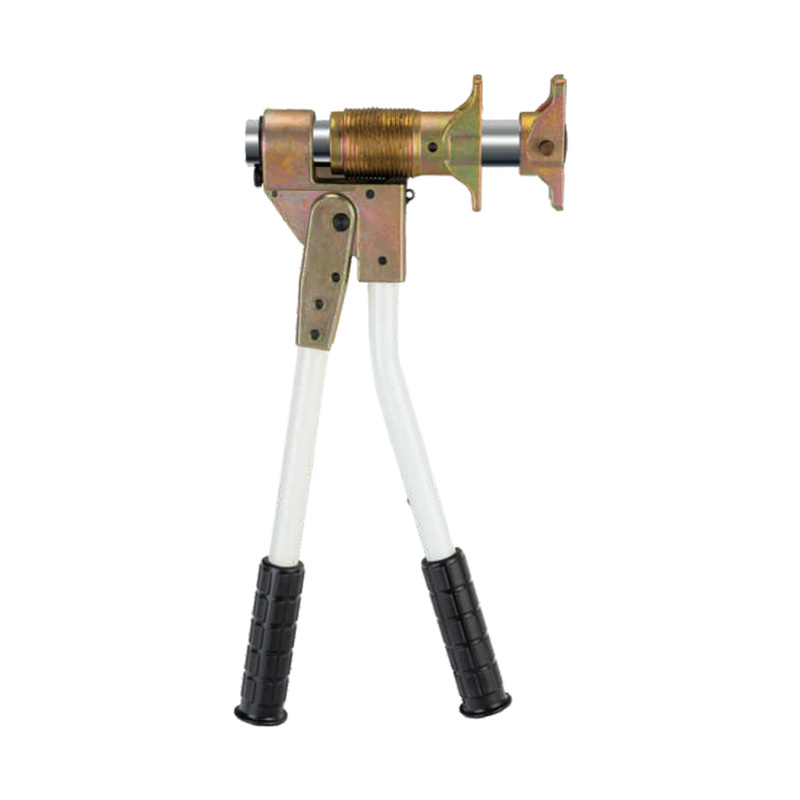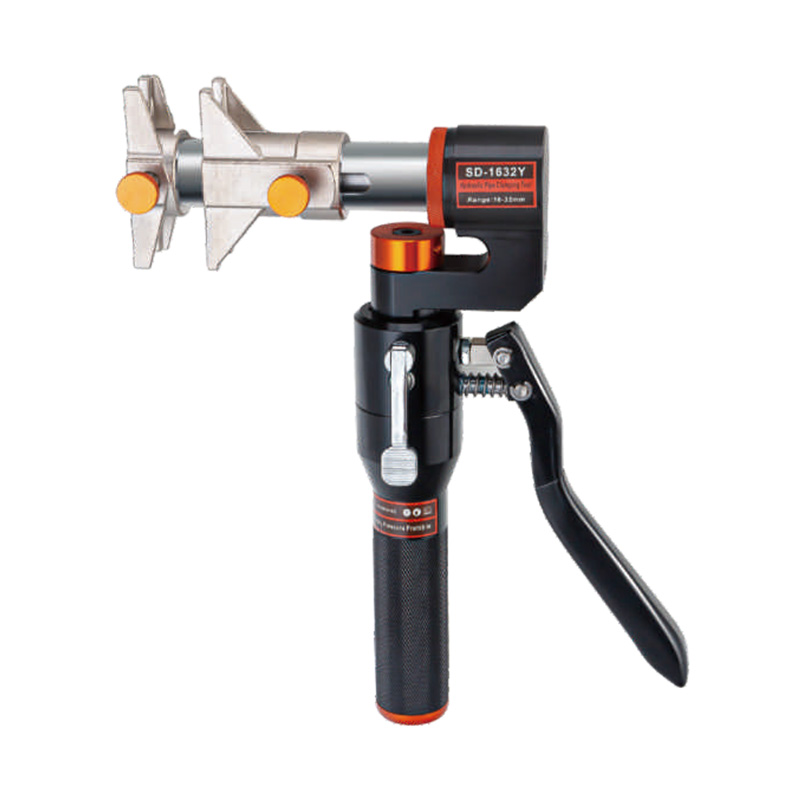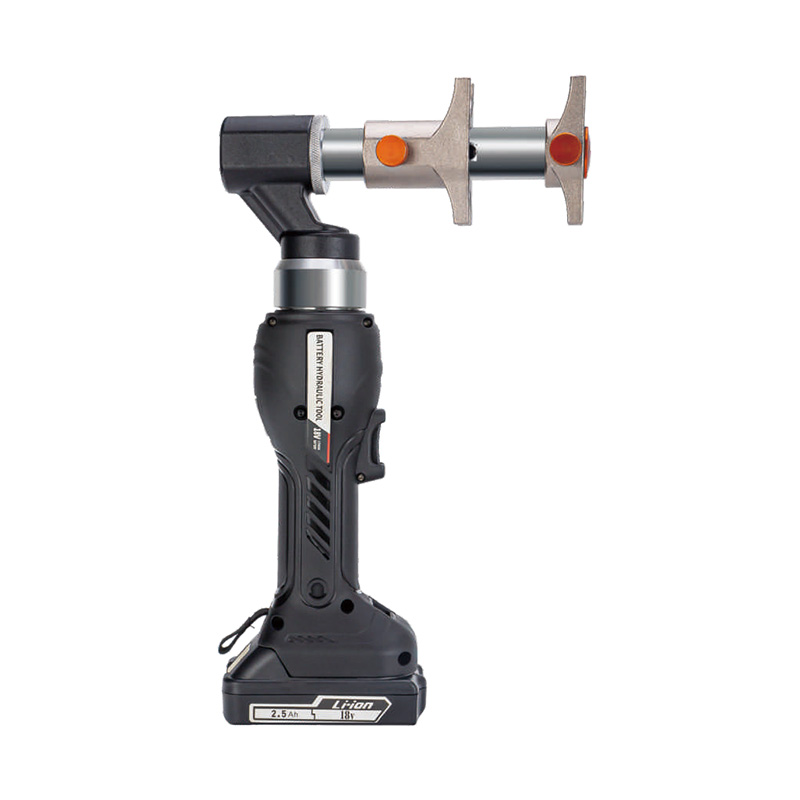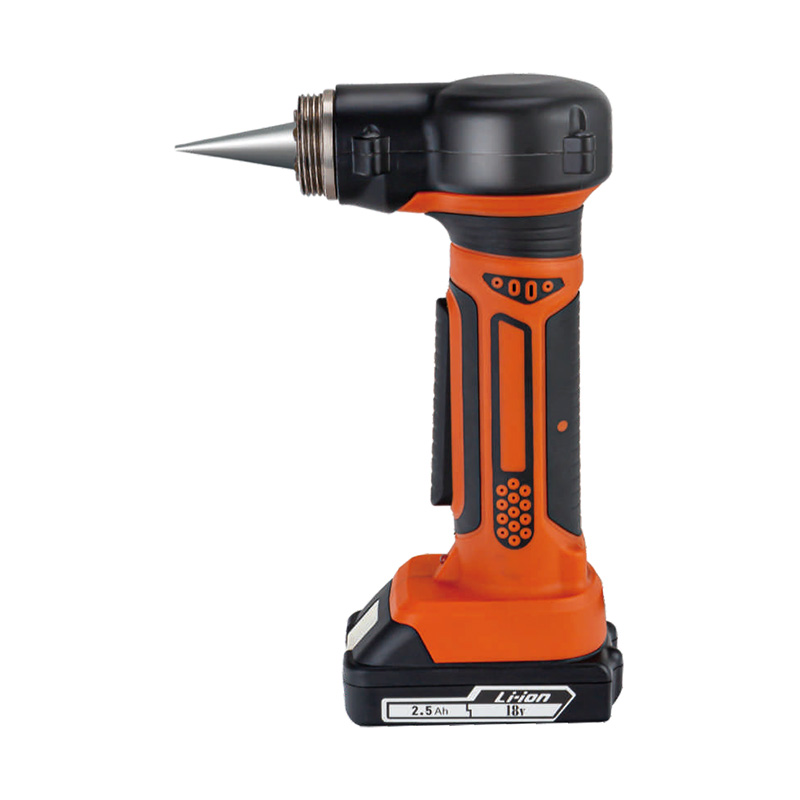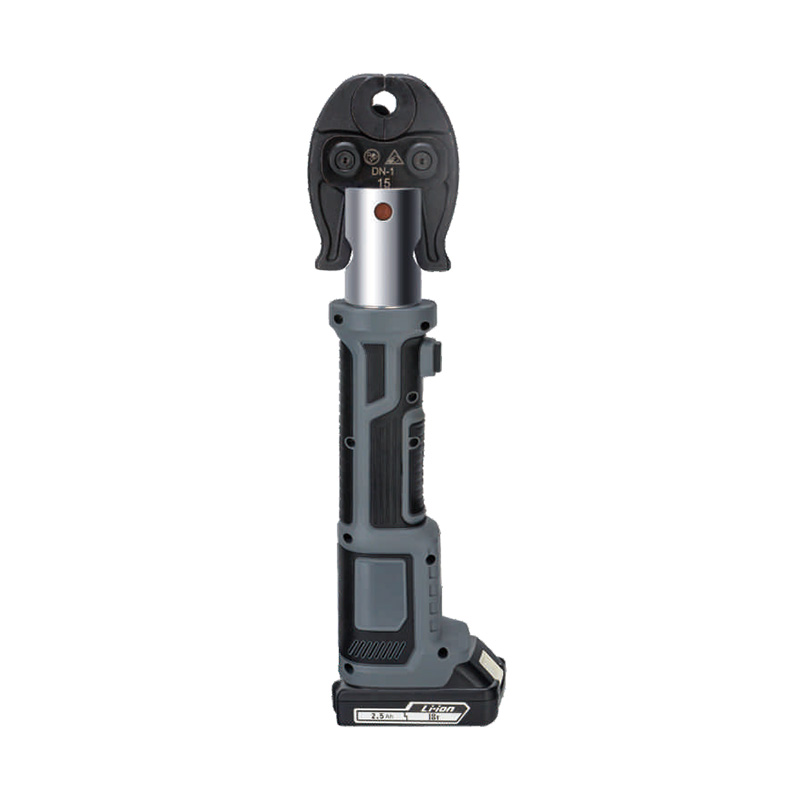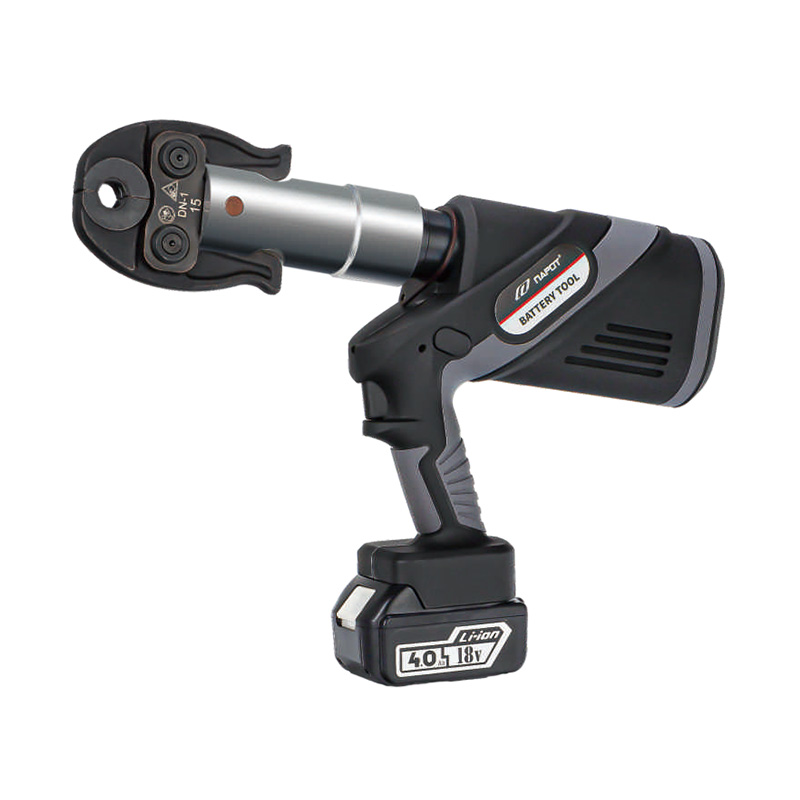Supply Electric Steel Bar Bending Machine Company in China
Electric steel bar bending machines have become an indispensable tool in this process, offering precision, efficiency, and safety.
Electric steel bar bending machines are designed to bend steel bars into various shapes and sizes, which are essential for reinforcing concrete structures. These machines typically consist of a motor, a bending head, a die set, and a control system. The motor provides the necessary power to drive the bending head, which in turn applies force to the steel bar against the die set, causing it to bend.

Motor: The heart of the machine, the motor, is responsible for generating the torque required to bend the steel bars. Modern machines often feature variable speed motors that allow for precise control over the bending process.
Bending Head: This component houses the motor and is designed to apply force to the steel bar. It can be adjusted to accommodate different bar diameters and bending radii.
Die Set: The die set is a set of rollers or formers that guide the steel bar through the bending process. It is crucial for maintaining the shape and integrity of the bend.
Control System: Advanced control systems allow operators to program the machine for specific bending sequences, ensuring accuracy and repeatability.
Benefits of Using Electric Steel Bar Bending Machines
Precision: Electric steel bar bending machines offer high precision in bending, which is critical for structural integrity. The machines can bend steel bars to exact angles and radii, ensuring consistency across multiple bends.
Efficiency: These machines can bend multiple bars in a short amount of time, significantly reducing labor costs and increasing productivity on construction sites.
Safety: Manual bending of steel bars can be hazardous, but electric steel bar bending machines reduce the risk of injury by automating the process.
Durability: Steel bars can be bent into complex shapes without compromising their strength, thanks to the controlled forces applied by the machines.
Applications in Modern Construction
Reinforcement of Concrete Structures: The primary application of electric steel bar bending machines is in the reinforcement of concrete structures. They are used to bend rebar into shapes that provide support and strength to concrete slabs, columns, and beams.
Prefabrication: In prefabrication, steel bars are bent off-site and then transported to the construction site for assembly. This approach saves time and ensures quality control.
Bridge Construction: Steel bars are bent into complex shapes to form the structural components of bridges, such as trusses and beams.
High-Rise Buildings: In high-rise construction, steel bars are bent to create the skeletal framework that supports the weight of the building.
Environmental and Economic Impact
Resource Efficiency: By automating the bending process, electric steel bar bending machines reduce waste and improve material utilization, pilot more sustainable construction practices.
Job Site Organization: These machines help in organizing the job site by reducing the need for manual labor and creating a more streamlined workflow.
Challenges and Future Developments
Technological Advancements: As technology progresses, electric steel bar bending machines are becoming more automated and intelligent, with features like remote operation and self-diagnostic capabilities.
Operator Training: With the increasing complexity of these machines, there is a need for comprehensive training programs to ensure operators can use them safely and effectively.
Customization: The demand for customized bending solutions is growing, requiring machines that can adapt to a wide range of bar sizes and shapes.
Electric steel bar bending machines play a vital role in the construction industry, offering precision, efficiency, and safety in the bending of steel bars. Their use not only enhances the structural integrity of buildings but also contributes to more sustainable and cost-effective construction practices.

 English
English 中文简体
中文简体 русский
русский GET A QUOTE
GET A QUOTE